Italy: Must-See Places
We love Italy, that boot-shaped peninsula in the middle of the Mediterranean, with 7,500 km of luscious coastline, three main mountain ranges, uncountable rolling hills and a gorgeous cultural landscape of history, art, gastronomy, design, and innovation. It’s a patchwork of historic cities, towns, and regions—each equally diverse, unique, and distinct. With so much to see, we’ll help you get started with our top six places to see in all of Italy.
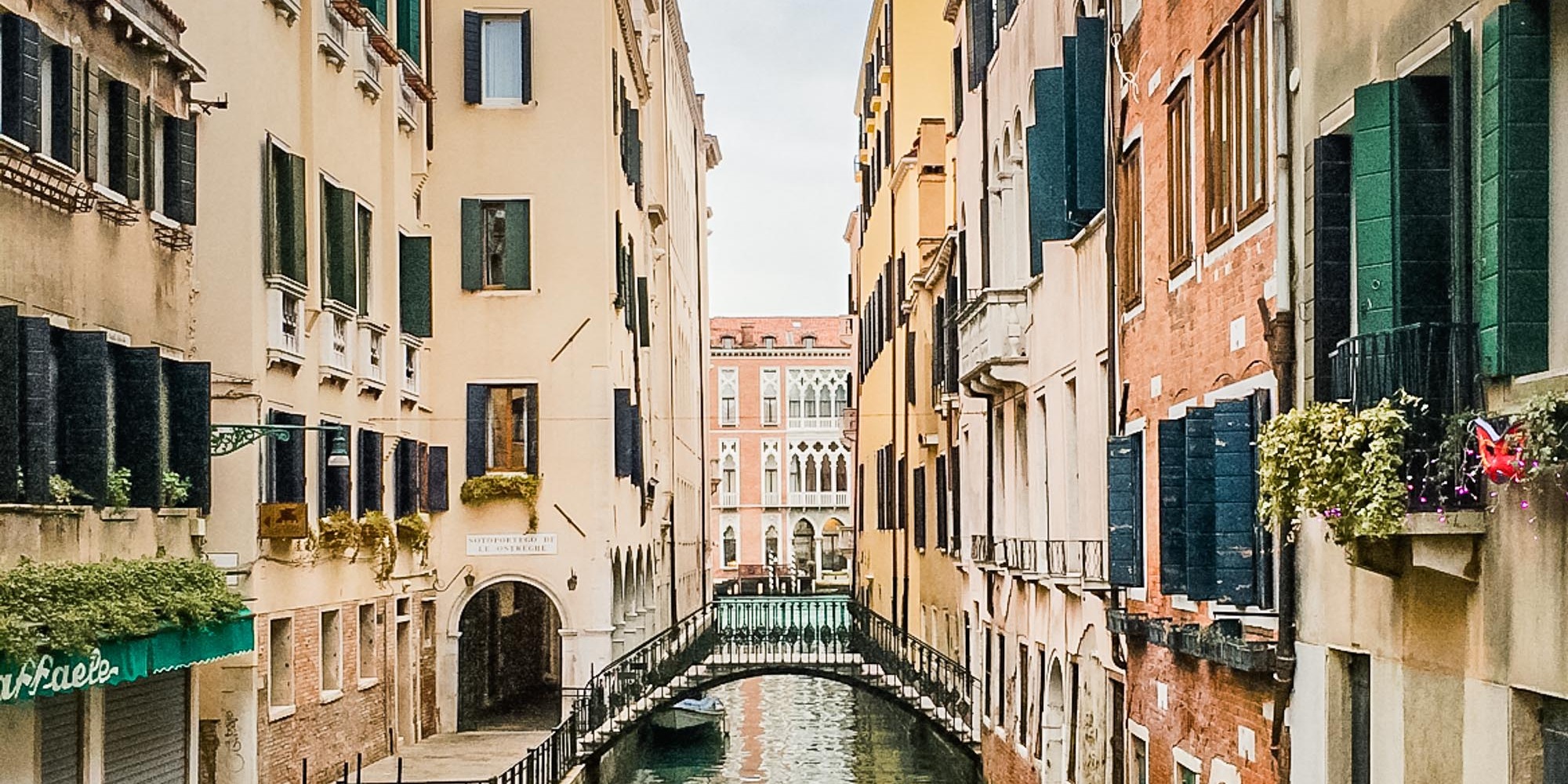
Venice
Known as La Serenissima for its outstandingly serene landscape, Venice is a veritable floating oasis of beautiful palazzi and churches. An archipelago of 118 man-made islands, Venice is a maze of history and culture, winding through canals and claustrophobia-inducing alleys. Architecture buffs, and anyone for that matter, love getting lost in this pedestrian-only town and then finding their way into campi (squares) like Campo Santa Maria Formosa
, a square dominated by its Baroque-ish church, or the monumental Piazza San Marco
with its 11th-century St. Mark’s Basilica and its historic cafes like Caffè Florian
and Caffè Quadri
. You can also island hop to Murano
(for its glass-making artisans), Burano
(known for its lace), and San Giorgio Maggiore
(for its gorgeous Palladio church). Art and architecture aficionados flock to Venice every year for the biannual fairs, but the city is peppered with amazing museums and galleries year-round, including Gallerie dell'Accademia
, Peggy Guggenheim Collection
, Palazzo Grassi
, Fondazione Prada
, and Museo di Palazzo Grimani
—an archaeologist’s dream. Foodies will love it for its risi e bisi and sarde in saor. And no matter how cliche it may seem, make sure to take a gondola ride or private motoscafo (boat) through the tiny canals and around the Grand Canal and the Lagoon. (Pro tip: Venice is starting a reservation/entry system in the summer of 2022 to cut down on overtourism, so plan accordingly).
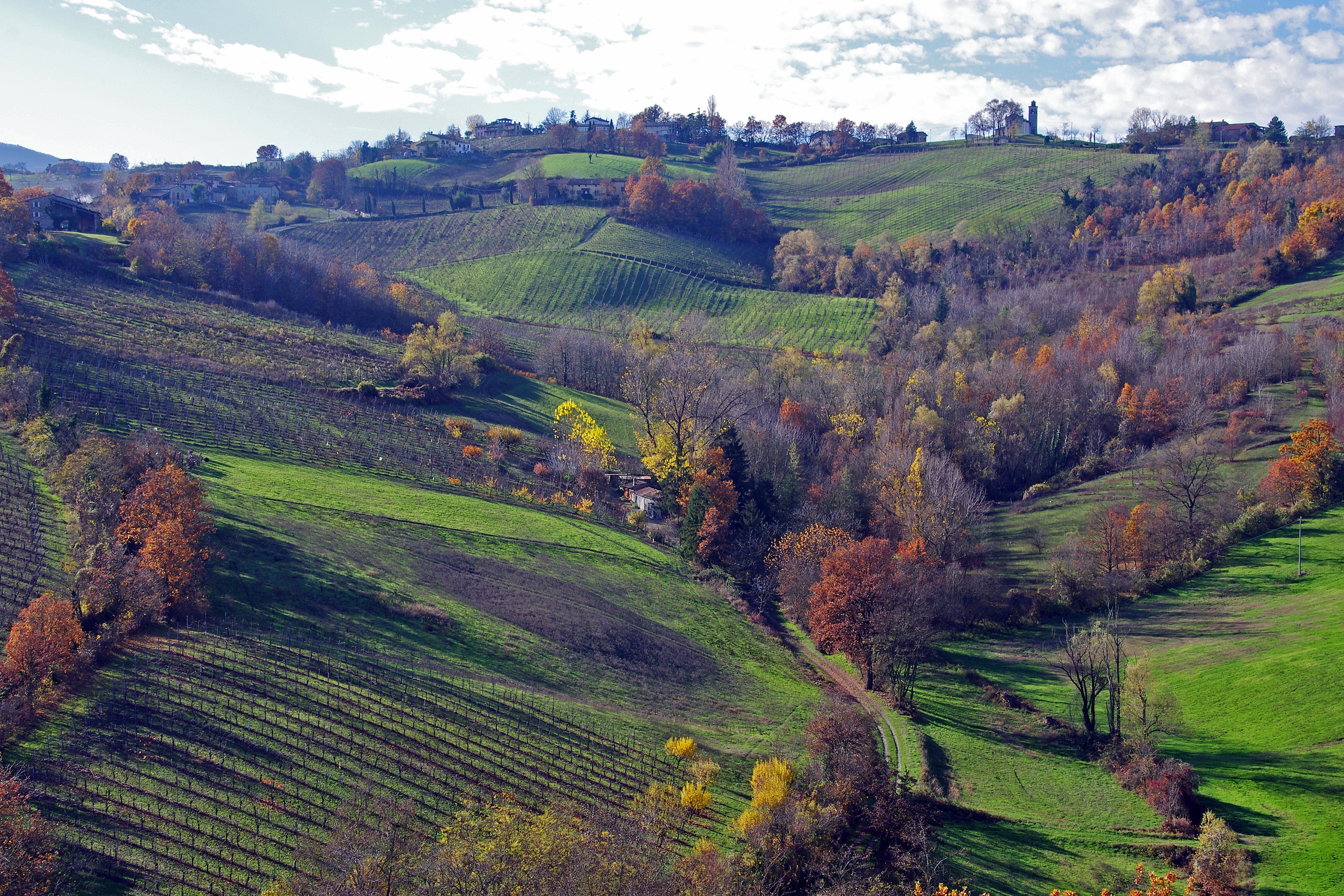
Emilia Romagna
Emilia Romagna is a beautiful region known for its delicious food, especially tortellini, lasagne bolognesi, and gnocco fritto (or chisulen). Located in the central northeast part of the country, it extends eastward from the Adriatic Sea almost across the country to the Po River (north) and the Ligurian and Tuscan Apennines (west and south). Technically, it is made up of two historic regions, Emilia and Romagna, that have joined forces and are unstoppable; both have centuries of history and culture, incredible art, architecture, literature, music, fashion, industrial ingenuity, and, of course, food. The region also includes a line up of equally beautiful city-provinces including Bologna
, Parma
, Modena
, Ravenna
, Rimini
, Reggio Emilia
, Ferrara
, Piacenza
, and Forlì-Cesena
. It’s a foodie mecca for its DOP (which stands for Denominazione di Origine Protetta, a designated protected product from the region) products like Prosciutto di Parma, Parmigiano-Reggiano, Lambrusco, Aceto di Balsamico (from Modena), and distinct pastas including tortellini which are interpreted differently in each town. Likewise, every town has its own personality, incredible architecture, and vibe. If you have a chance, visit a creamery that makes parmesan - they use centuries old methods to make and age the parmesan. The entire process is fascinating.
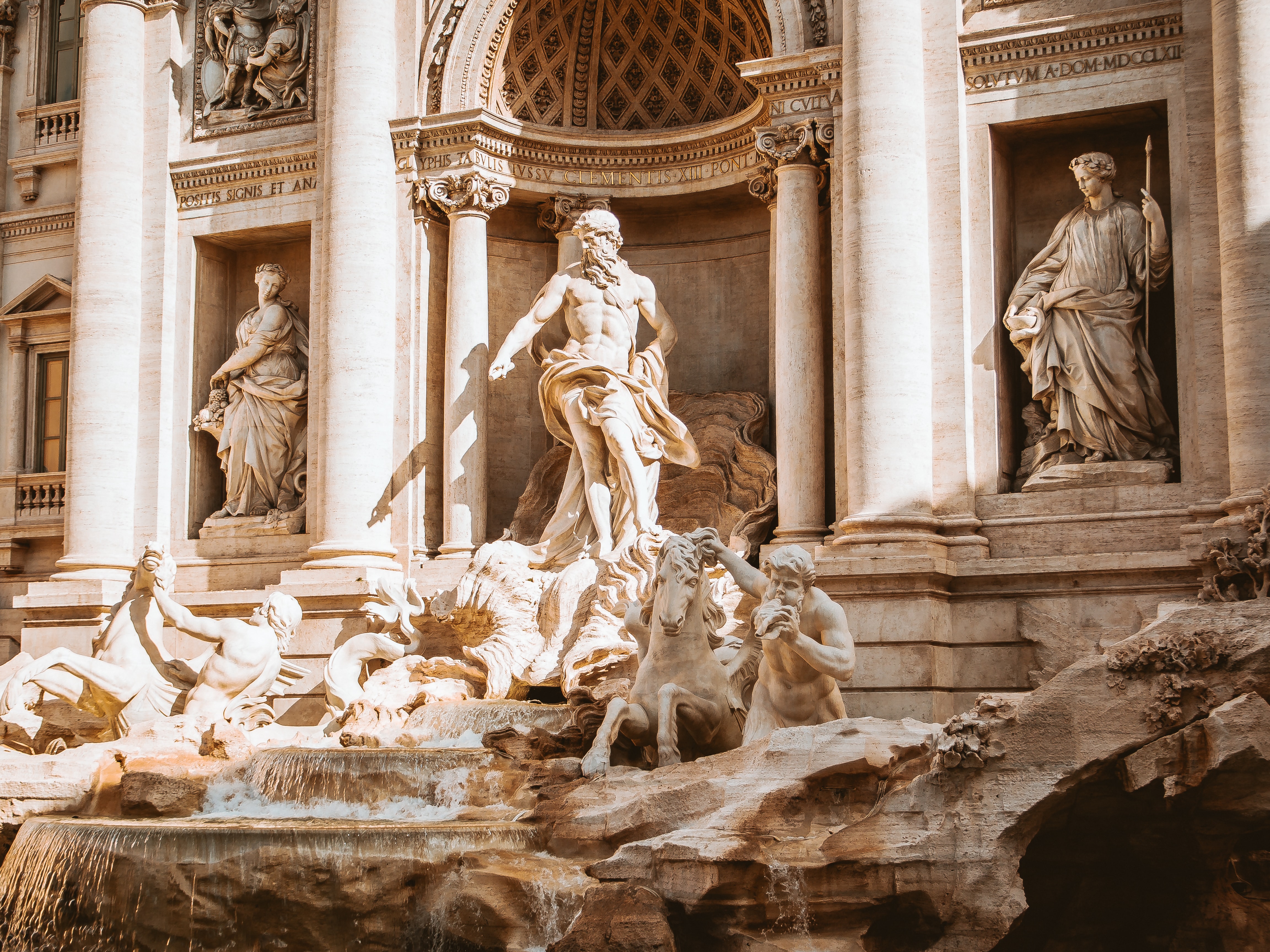
Rome
When in Italy, you must visit Rome; there are absolutely no exceptions. Known as Caput Mundi (capital of the world), Rome is where it all started. The reigning capital of Italy and once the center of an empire that spread across the continents, Rome is a mecca of history, culture, and architecture. At first glance, it feels like a big city, but remember, the centro storico (the historic center) maintains its original perimeter since the second century AD, which means it is incredibly walkable; you can even visit those walls at Museo delle Mura
(Porta San Sebastiano) and other entry gates into the city. We all know Rome has layers of history, which means there is something for everyone, whether that’s the leftovers of the Colosseum
, antiquity’s most important arena; the riverside Castel Sant'Angelo
, Hadrian’s labyrinthine tomb turned papal hideaway; the amazing private Renaissance and Baroque art collections of noble families at Doria Pamphilj Gallery
,Barberini Gallerie
, Galleria Colonna, Galleria Borghese
, and La Galleria Nazionale; the futuristic dreams of EUR; or Zaha Hadid’s undulating Museo MAXXI. There is so much to discover, from underground historical cities to parks and more, and of course it’s incredible food, like pasta l’amatriciana, saltimbocca alla romana, pomodori ripieni con il riso, cacio e pepe, carbonara, and carciofi alla romana. Make sure to take more than a few days to explore—and wear comfortable shoes. (For more insights, read our piece Rome: Must-See Places).
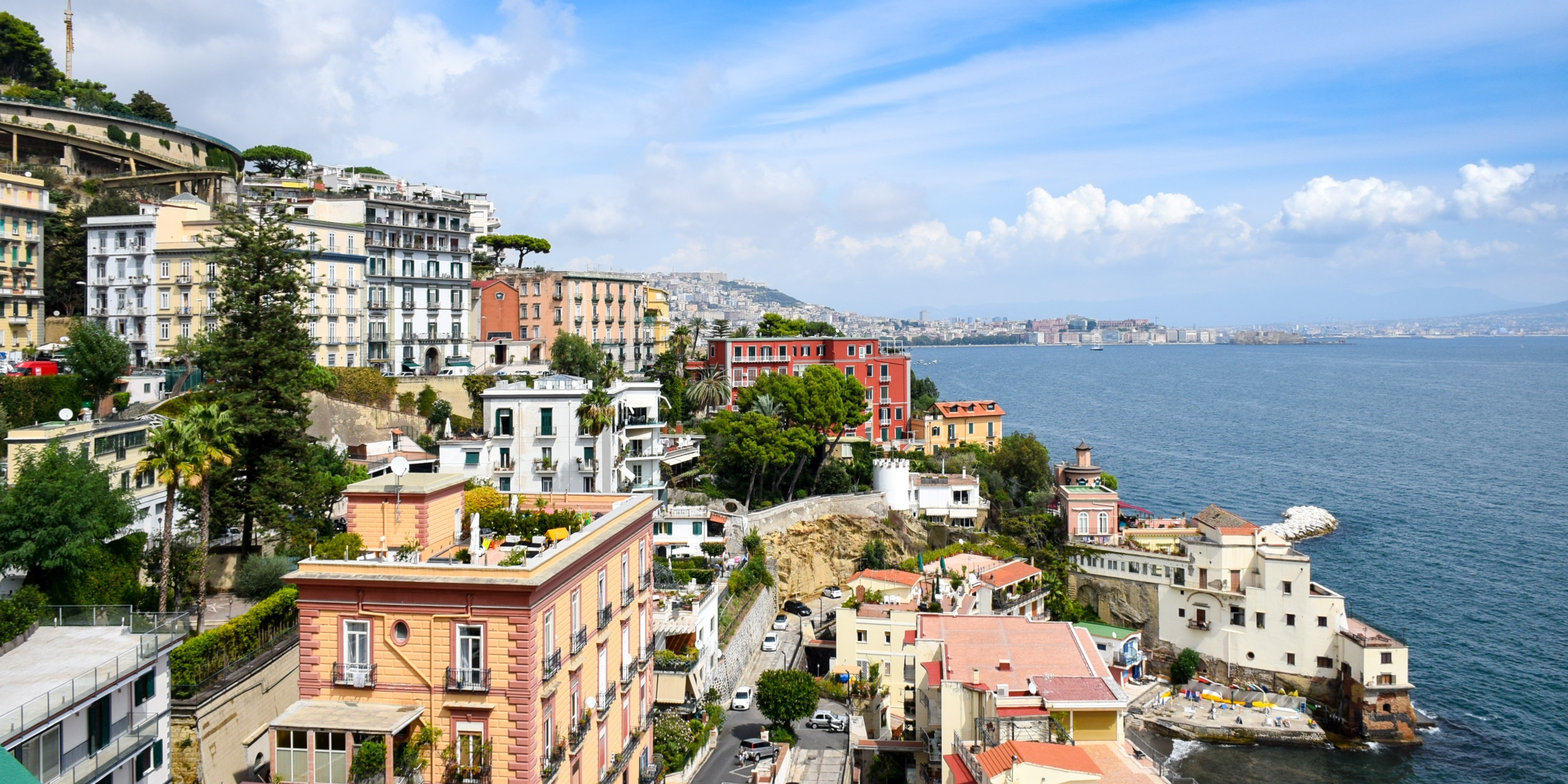
Napoli
There are not enough words to describe Napoli. It’s decadent, chaotic, beautiful, disruptive, and holds centuries of contradiction. From its yesteryear grandeur to its historic graffiti, crowded streets, hidden palazzo, and, of course, its unabashed and inimitable Napoletano vibe. Originally a Greek colony (which you can discover in its underground) and then a Roman city, Napoli has centuries of cultural convergence with Lombards, Goths, Normans, Spanish, and even Napoleonic generals, all of whom enjoyed and took advantage of the splendors of Neapolis, the city on the bay. When in Napoli, pizza is a city treasure. Whether margherita or marinara, you can’t leave the city without trying one (we love Pizzeria Trianon
and Gino Sorbillo
); but, you can also try impepata di cozze or pasta al ragù napoletano. For a deep dive into Napoli’s history, go underground with a Napoli Sotterranea Guided Authorized Tour
and then visit Museo Archeologico Nazionale di Napoli
. Museo e Real Bosco di Capodimonte
has a beautiful art collection, and Indiana Jones wannabes should explore nearby sites Pompeii
and Ercolano
. Like the neighboring volcano Vesuvio, Napoli is perpetually active—there is always something going on, whether it’s a football game, an art exhibit, or just an ice cream at sunset.
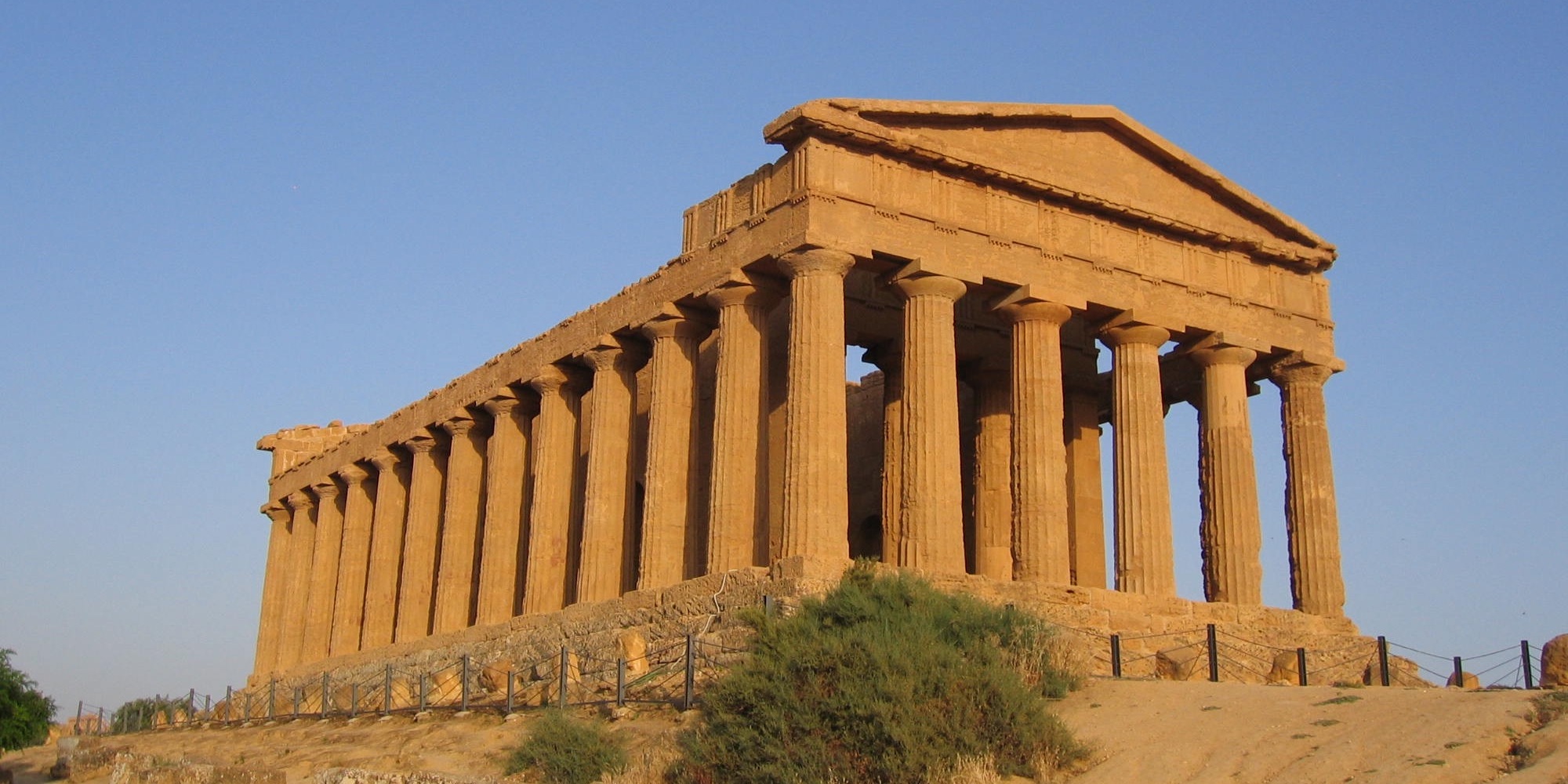
Sicily
Consider Sicily a country of its own. Italy’s largest island, Sicily also has the country’s most diverse origins. It has beckoned visitors even before Odysseus set sail— Phoenicians, Greeks, Romans, Arabs, Normans, French, Spanish, and Italians have all tried to make their way in Sicily, contributing to an incredible cultural and gastronomic heritage. You’ll want to spend at least a week here. Land in Palermo (northwest) or Catania (southeast), then grab a car and go. You’ll discover Sicilian Baroque in towns like Noto
, Ragusa
, and Modica
, stumble across Greek temples in Siracusa
, Agrigento
, and Selinunte
, get lost in hill towns like Taormina
around Etna, Europe’s largest active volcano, and enjoy the seaside in Sicily’s numerous beach towns. Sicily has a lot to brag about, especially its incredible food—caponata, cassata, pasta alla norma, arancine, cous cous alla trapanese—the very edible traces of its multicultural history.
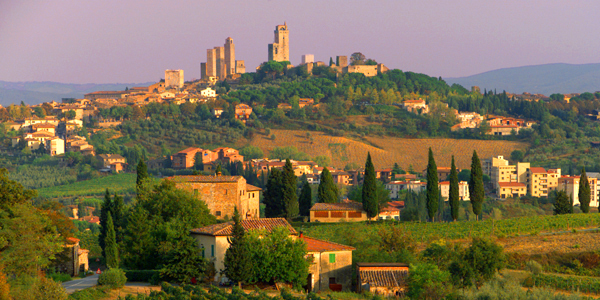
Tuscany
Dante, Lorenzo de Medici, and Sting have long loved Tuscany—and with good reason. The central northwest region is breathtakingly beautiful everywhere you turn. Whether it's the verdant rolling hills surrounding Siena, the seemingly never-ending miles of coastline including “hideaway” Monte Argentario
, the gorgeous vineyards of, Montalcino, and Montepulciano, the charming towns like Pienza
, or the masterpieces that make up Florence like the Uffizi Gallery
, Tuscany has it going on. With a rich artistic patrimony and definitive business approach thanks to the Medici family (and their beautiful Ville Medicee, a group of Tuscan villas owned by the family between the 15th century and the 17th century), Tuscany is a land of local artisans in every sector who want to share their traditions and innovations with you. Also, it’s just a great place to relax. Don’t expect to visit all of Tuscany and don’t worry about it. Focus on an area and really get to know it, along with the food (like bistecca alla fiorentina, cacciucco, and panzanella), wine, and people.
{$section.placeName}
{$section.address}
{$section.addressNotes}
{$section.description}